For much of her life, American photographer Shellburne Thurberhas been engaged in an ongoing photographic investigation ofthe relationship between constructed space and human energy.Long intrigued by the idea of lived space as an extension of thebody and a site for projection, she has photographed a wide va-riety of subjects, beginning with the homes of family and friendswho have passed, to generic back road motels, churches, aban-doned and derelict homes and hospitals, as well as commis-sioned projects such as the renovation of the Boston Athenæumand the Saint-Gaudens National Historic Site. She is especiallyinterested in spaces that are both public and private.This volume comprises a selection of images Thurber made in1999 and 2000 of psychoanalysts’ offices in Buenos Aires, Ar-gentina, and the New England area of the United States.From the text Psychoanalytic Interiors by Lia Gangitano:While the subject of psychoanalysis has appeared in the work ofmany contemporary artists, particularly through the citation ofpsychoanalytic theory, Thurber takes another route in arrivingat one of her most significant bodies of work—a series of squareformat chromogenic prints depicting the unoccupied officespaces of psychoanalysts. Initiated in 1998 in Buenos Aires, theproject continued through a Bunting Fellowship (Radcliffe Insti-tute for Advanced Study, Harvard University) in 1999–2000, en-abling her to pursue the project in the Boston area. Unlike artpractices that seek to demonstrate theoretical premises,Thurber’s work instead elaborates upon a long photographic his-tory, fusing particular formal concerns with an interest in people:their varying abilities to communicate, and the ways in whichthe constructed environment (homes, motels, offices) can artic-ulate, by containing, the complexities of the lives that passthrough them. The issues most clearly raised by her psychoana-lytic interiors and the ideas they evoke — absence, emptiness,the unconscious, the unstable boundaries between self and oth-er— are also subjects of Thurber’s work as a whole.From the text Staring into Space by Daniel Jacobs:The analytic office will forever be a space of paradox: a place ofsafety as well as danger. A place where one tries to hide fromoneself among attempts at self-discovery. A place where it is ajoy “to remain hidden and a disaster not to be found”. It is aspace that is at once private and shared; a space whose posses-sion is contested. The objects in the rooms that Thurber capturesincite shifting feelings of desire and distress as our associationsdrift among them. As Elizabeth A. Danze observes, “The room is[the analyst’s] space, not mine. It has things in it and I look at[them] almost every day. After a while they start to become minetoo, but not in the same way they are his. I don’t know their his-tory and I don’t know his, but I start to overlay mine onto them.”
